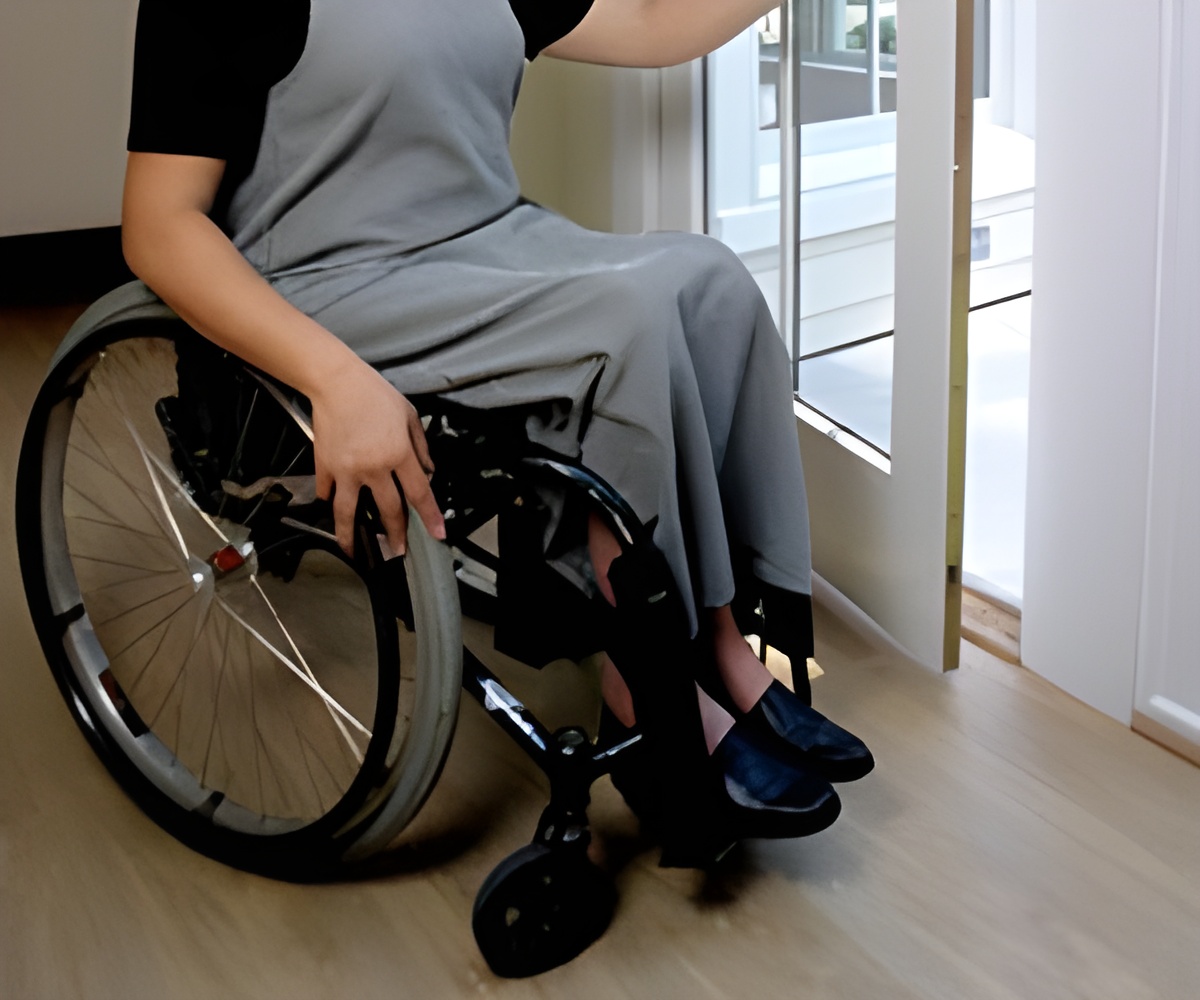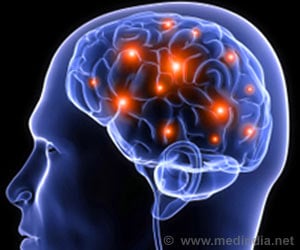
On a hunch, Bradley Lang, Ph.D., the lead author of the study and a graduate student in Dr. Silver's lab, came up with the idea of designing a drug that would help axons regenerate without having to touch the healing spinal cord, as current treatments may require.
Dr. Lang and his colleagues designed a drug called ISP to block the enzyme and facilitate the drug's entry into the brain and spinal cord. Injections of the drug under the skin of paralyzed rats near the injury site partially restored axon growth and improved movements and bladder functions.
Previous studies suggested their movements are blocked when the protein tyrosine phosphatase sigma (PTP sigma), an enzyme found in axons, interacts with chondroitin sulfate proteoglycans, a class of sugary proteins that fill the scars.
Drugs were designed to mimic the shape of a critical part of PTP sigma, called the wedge and different designs were tested on neurons grown in petri dishes alongside impenetrable barriers of proteoglycans. Treatment with ISP freed axon growth.
When the researchers looked at the spinal cords under a microscope they found that the drug induced sprouting of axons that use the neurochemical serotonin to communicate. The sprouting axons were seen below the injury site. Treating some rats with a blocker of serotonin communication partially reversed the beneficial effects of ISP injections, suggesting the newly sprouting axons helped the rats recover.
Advertisement
Source-ANI














